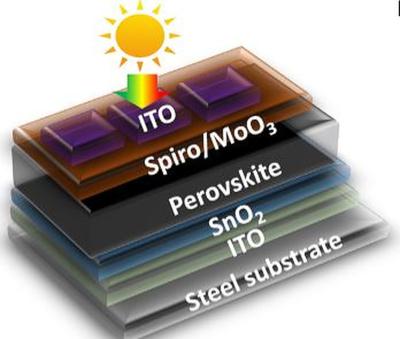Netherlands reveals details of incentive scheme for PV manufacturing
The Dutch government has drafted a public proposal to support the production of heterojunction and perovskite-silicon tandem modules, as well as building- and vehicle-integrated PV panels, with a maximum allocation of €70 million ($75.1 million) per solar manufacturing project. Rijksdienst voor Ondernemend Nederland (RVO), the state-run agency that manages the SDE++ program for renewable energy in the Netherlands, has publicly proposed the idea of supporting the production of solar panels, storage systems and electrolyzers. The new incentive scheme, “Investeringssubsidie maakindustrie klimaatneutrale economie” (IMKE), will fund a portion of the capital expenditure needed to build factories for the three clean energy technologies.
The RVO said that the incentives for the production of PV panels will be limited to products for building-integrated (BIPV) and vehicle-integrated (VIPV) applications, as well as heterojunction modules or perovskite-silicon tandem panels.





